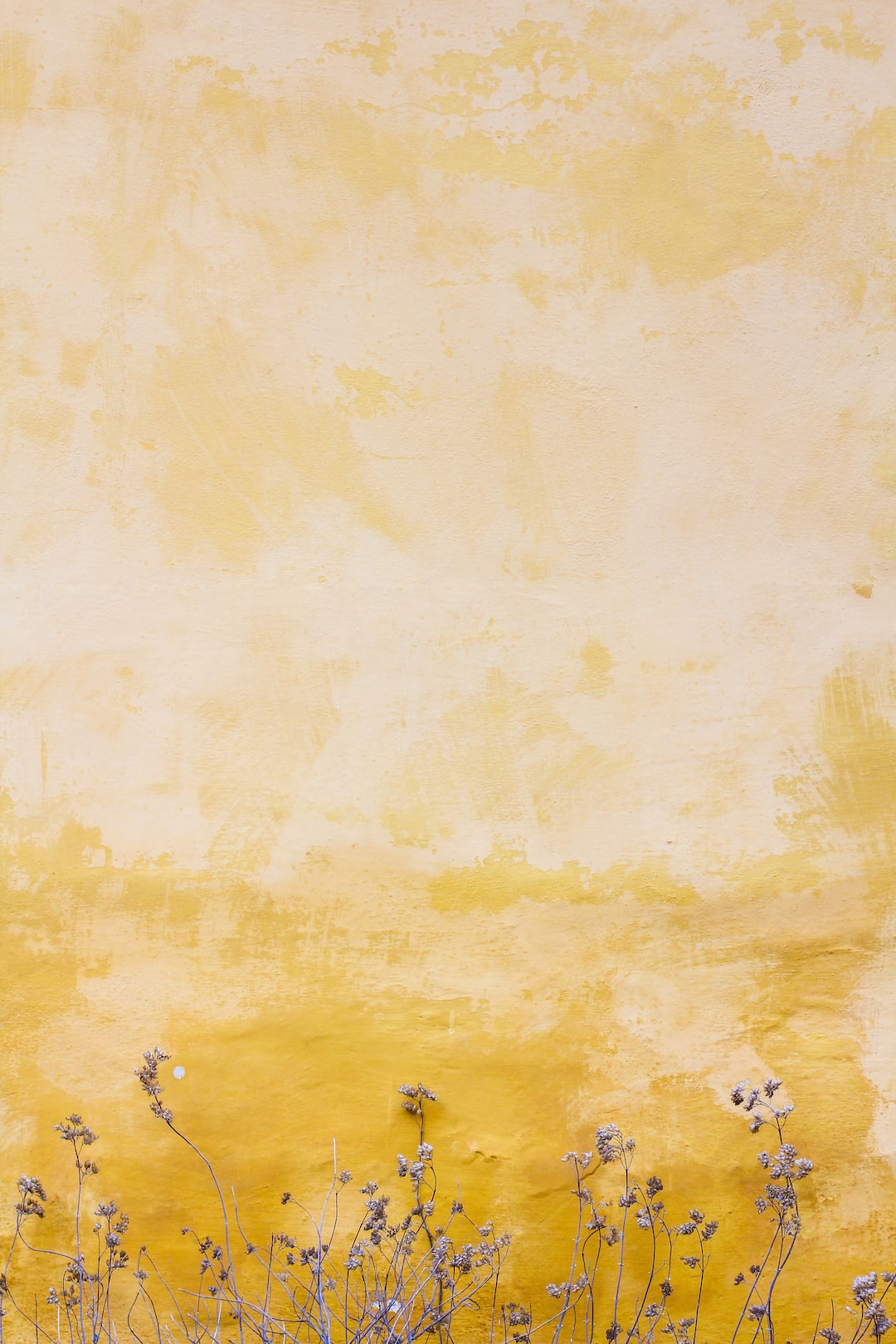The Intersection of Art and Design: Blurring the Boundaries
Art and design – two distinct yet interconnected disciplines that have been perceived traditionally as separate entities. However, in recent years, the line between art and design has become increasingly blurred, with many artists and designers embracing a more fluid approach to creative expression. This convergence of art and design has given rise to innovative and thought-provoking works that challenge the traditional notions of both disciplines. In this blog post, we will explore the intersection of art and design and how it has led to new possibilities and opportunities for creative exploration.
One of the key factors contributing to the blurring of boundaries between art and design is the growing recognition of design as a form of artistic expression. Design is more than just functionality; it is about creating visually compelling and aesthetically pleasing solutions. Many designers today aim to create works that not only serve a purpose but also evoke emotions and engage the viewer on a deeper level. This approach brings the principles of art into the realm of design, creating a seamless integration of the two disciplines.
Likewise, art is no longer confined to the traditional mediums and formats. Artists today are increasingly embracing design principles and incorporating them into their work. This can be seen in the use of typography, layout, and color choices in contemporary art pieces. Artists are taking inspiration from design and exploring how it can enhance their artistic vision. By borrowing elements from design, artists are able to create more visually dynamic and engaging works that push the boundaries of traditional art forms.
Furthermore, the rise of digital technology has played a significant role in blurring the boundaries between art and design. Digital tools and software have allowed artists and designers to experiment and create in ways that were previously unimaginable. The ability to manipulate and combine various elements, such as graphics, images, and text, has opened up a whole new world of possibilities. Digital artwork and design are no longer perceived as separate entities but rather as intertwined forms that can coexist and complement each other.
The blurring of boundaries between art and design has also given rise to new career opportunities and collaborations. Artists are no longer confined to working solely in the realm of traditional art mediums but can now apply their skills and creativity to various design fields. Likewise, designers are finding inspiration in art and incorporating artistic elements into their work. This cross-pollination of ideas and skills has led to the emergence of interdisciplinary collaborations, where artists and designers work together to create truly unique and groundbreaking works.
The intersection of art and design is not without its challenges, as it requires a delicate balance between artistic vision and functional requirements. Some argue that blurring the boundaries between the two disciplines dilutes their individual identity and undermines their unique contributions to society. However, the combination of art and design has the potential to create works that are not only visually appealing but also highly functional and impactful.
In conclusion, the intersection of art and design represents a new era of creative expression. By blurring the boundaries between these disciplines, artists and designers are able to push the limits of their creativity and create works that challenge our perceptions of traditional art and design. This convergence opens up new possibilities for collaboration, career opportunities, and the creation of truly unique and innovative works. The world of art and design is evolving, and it is an exciting time to witness the infusion of these two disciplines as they continue to shape and inspire each other.
